Quizzes & Puzzles 25
Some new problems with which to exercise the brain. But first a look at answers and solutions to Quizzes & Puzzles 24. New problems below the image (cartoon).
Quiz 24:1
Natural (non-synthetic) colour pigments (extracted and used by humans) are normally derived from the plant kingdom or from minerals. However, a few pigments come from the animal kingdom. Most people know that genuine sepia is one of them (secretion from a cuttlefish); can you give examples of other colour pigments (used by humans, now or in history) being of animal origin?
The most striking example is purple. The original source of genuine purple was Murex brandaris, a gastropod.
Another example is carmine (or cochineal), a bright red colour made from ground insects of the species Kermes vermilio, or Dactylopius coccus.
At third example is ivory black, which is made from charred ivory.
You can read more about animal colours in Colours IV: Colours of Animals.
If you want to know more about purple, read my series in 4 parts:
Pontifex Maximus & The Imperial Purple of Rome
When Something is so Red, it is Purple: Purple in Chinese & Japanese Symbology
Purple Light? It Doesn't Exist! And what is Visual Purple?
Quiz 24:2
Who were the three sisters Lachesis, Clotho and Atropos?
They are the three Fates of Greek mythology. Clotho spins the thread of life, Lachesis stretches it out (measures it and decides about destiny), and finally Atropos cuts it off.
Quiz 24:3
This is 1910 year's model of the probably most famous car ever. What is this car called?
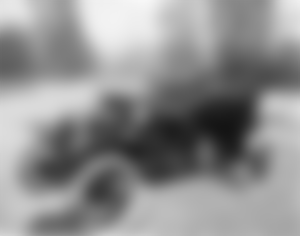
This is a T-Ford, which is one of the best known cars ever. It was the first mass-produced car. The photo is taken by Harry Shipler in 1910. (Publix Domain.)
Quiz 24:4
Nimes in France has given name to a fabric and Genoa in Italy to a garment (made of that fabric), which is used all over the world today. What fabric and garment?
Clue: I bet all of you, or almost all of you use this garment regularly or occasionally.
The fabric, to which Nimes gave its name is denim (from “de Nimes”), and the garment whose name is derived from the name “Genoa”, is jeans.
Quiz 24:5
Here I ask for a well-known 17th century Frenchman, known for his big nose. He was a duellist and a writer, and also became a literary character in his own right, when stories were created about him. What was his name?
The answer is Savinien de Cyrano de Bergerac (1619–1655), a writer, duellist, drinker, gambler, and swordsman, who also became a literary character in his own right when others created stories about him. The general picture of him is based on a play by Edmond Rostand, where his big nose is getting much attention.
Valvert: Your nose is... very big.
Cyrano: Yes, very.
Valvert: Ha!
Cyrano: Is that all?
(From Rostand's play)
Quiz 24:6
In the history of script, Mesrop Mashtots is remembered for having invented... what?
Mesrop Mashtots (4th-5th century AD) created the Armenian script (the Armenian alphabet). Sometimes, he is attributed with other inventions (such as the Georgian alphabet) as well, but it is questionable if he did that.
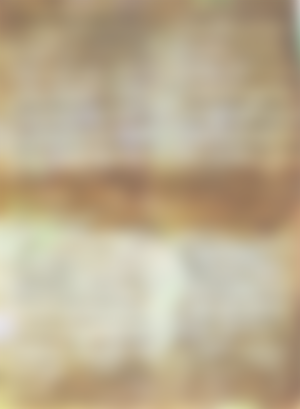
(Image above: Manuscript in Armenian. From 10th-11th century. Public Domain.)

And now some new exercises for brain & memory...
Quiz 25:1
In the word naïve, what are the two dots (¨) called, and what do they mean?
Quiz 25:2
Friedlieb Ferdinand Runge discovered and isolated caffeine. He did not originally intend to do so, however, the suggestion to analyse coffee came from someone else. Being impressed by Runge's discoveries about belladonna, a cultural giant gave him a few coffee beans to analyse. Who was this cultural giant?
Quiz 25:3
In 1706, William Jones, a Welsh mathematician, gave name to something all educated people today have at least heard about, an important mathematical constant. What was it he named?
Quiz 25:4
What is the name of the famous folktale, where a queen tries to kill her step-daughter with a poisoned apple?
Quiz 25:5
Which part of the body is affected if you suffer from Amblyopia?
Quiz 25:6
Japanese art is known for its woodblock prints. In the 1600s-1800s, during the Edo period, a genre with secular motives dominated Japanese popular art culture. The prints from this time also influenced many European artists, for instance Van Gogh.
With a Japanese term, what is this genre called? (The term is usually translated to “picture from the floating world”. However, the Japanese term is commonly used.)
Clue: some great artists belonging to this genre are, for instance, Hokusai, Hiroshige and Utamaro.
(Below, I woodblock print by Hiroshige, from his famous series “The Fifty-three Stations of the Tōkaidō“.)

You'll find answers and solutions in the next “Quizzes & Puzzles”.
Quizzes & Puzzles has its own label in my Index, where all issues of the series can be found.
In my INDEX, you can find all my writings on Read.Cash, sorted by topic.
Copyright © 2022 Meleonymica/Mictorrani. All Rights Reserved
(Cartoon by Christian Dorn/Pixabay, CC0/Public Domain.)
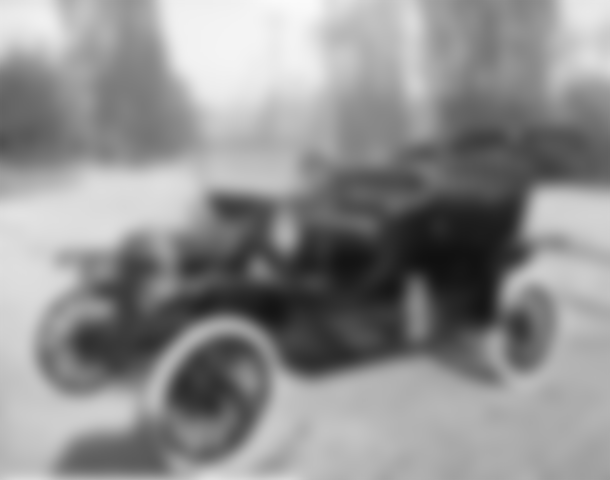
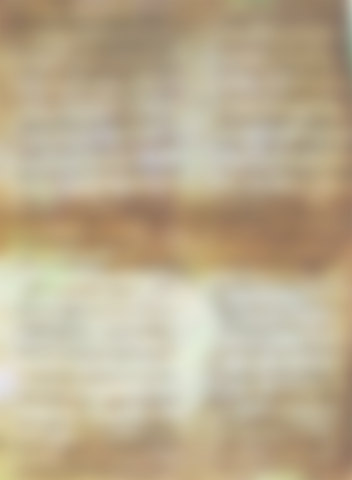

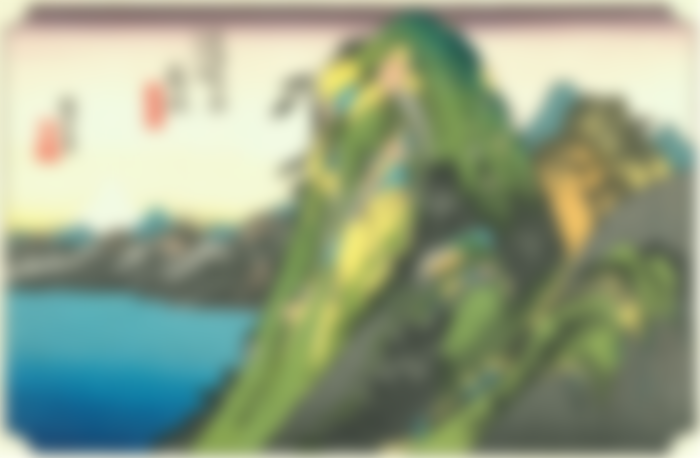
Oohh I remember 25:1 that's diaeresis if I'm not mistaken as it was taught to us years ago hehe.